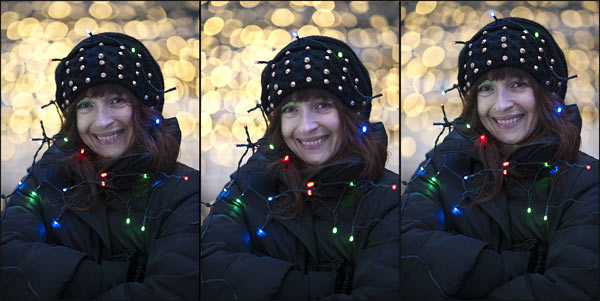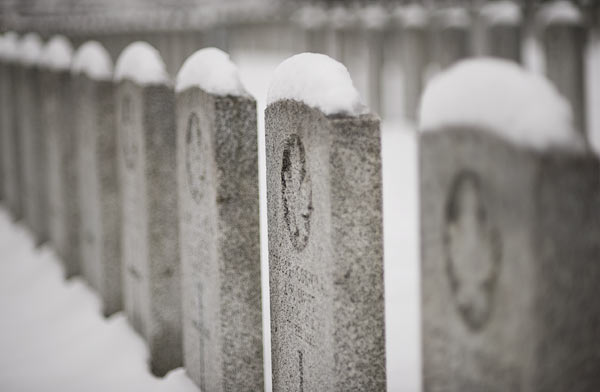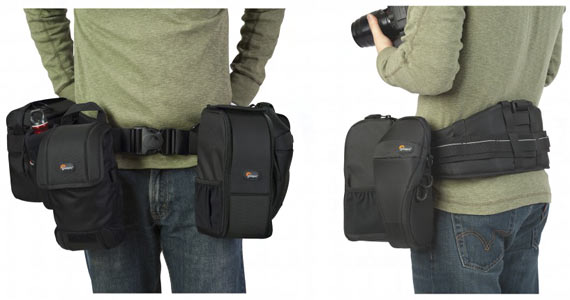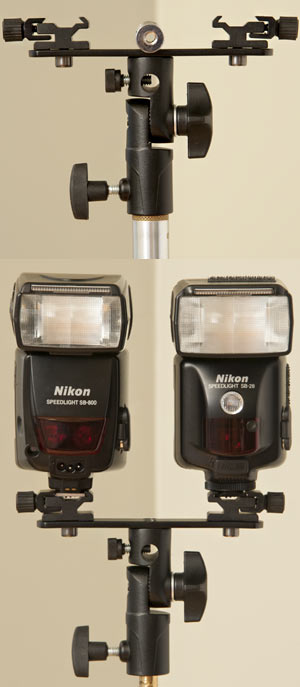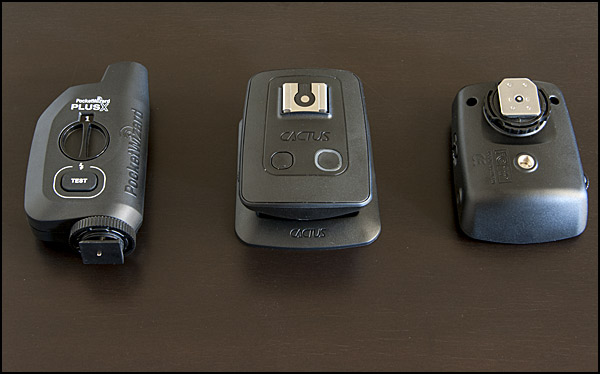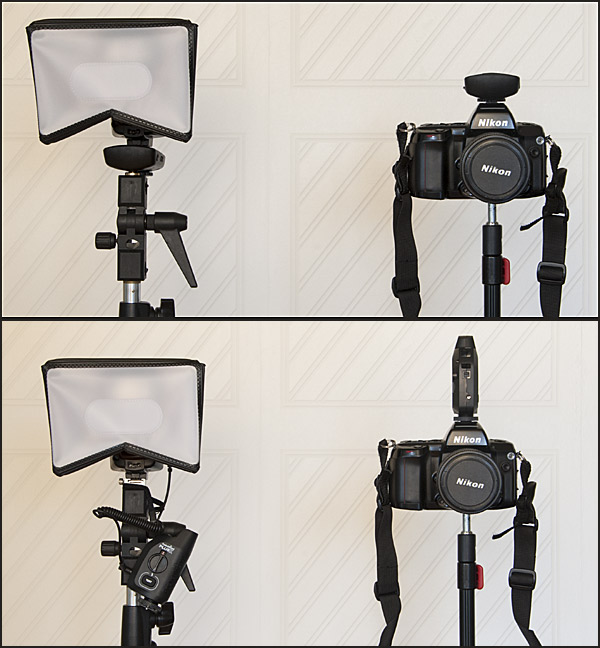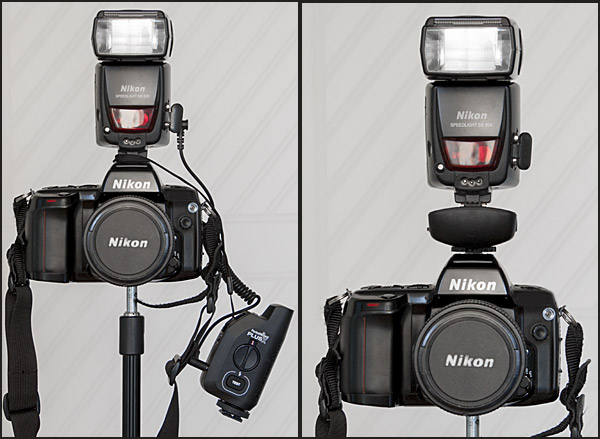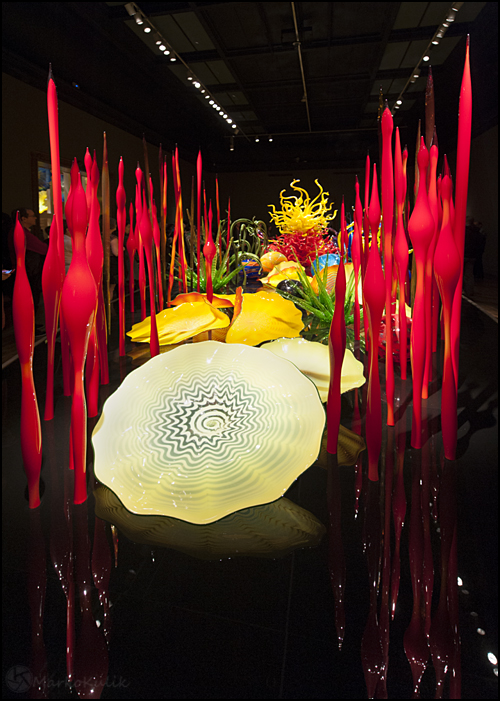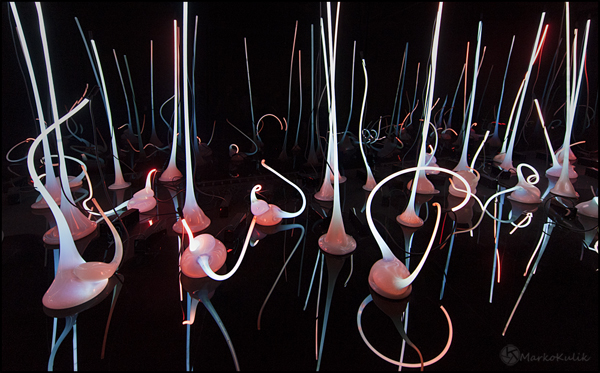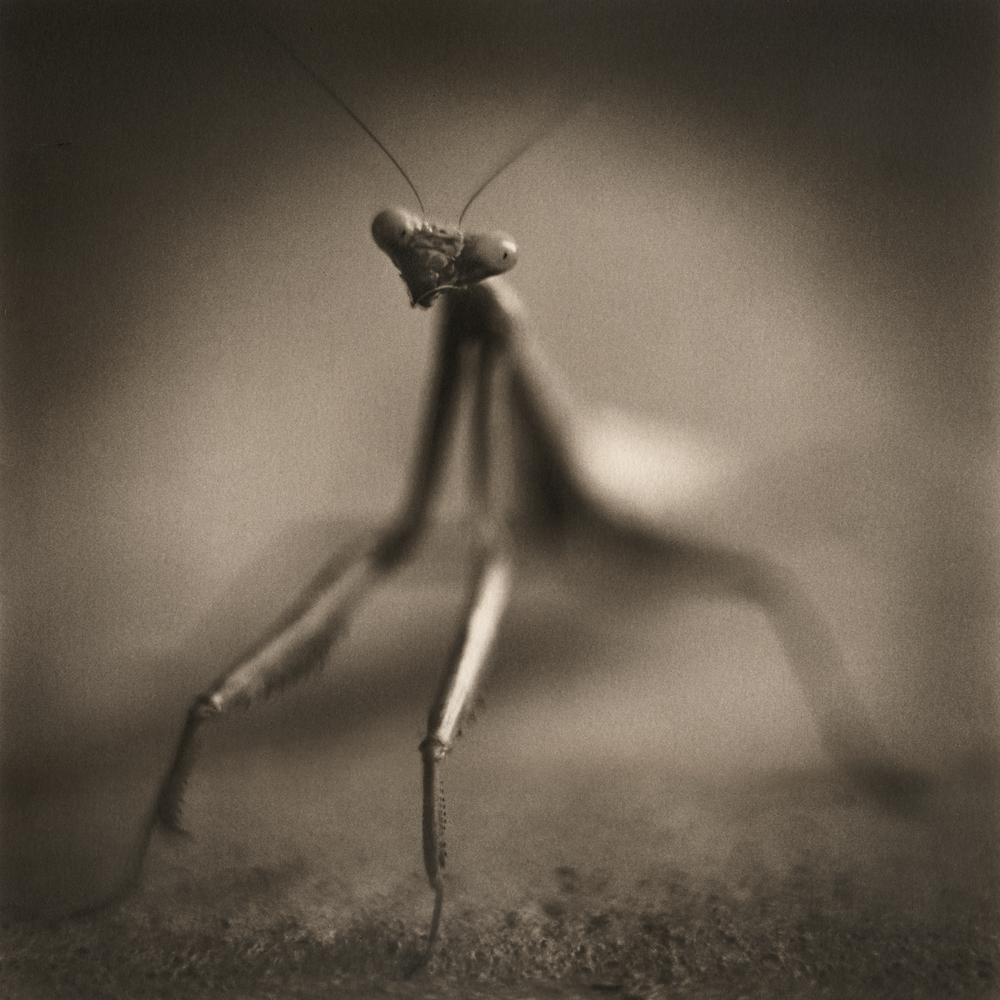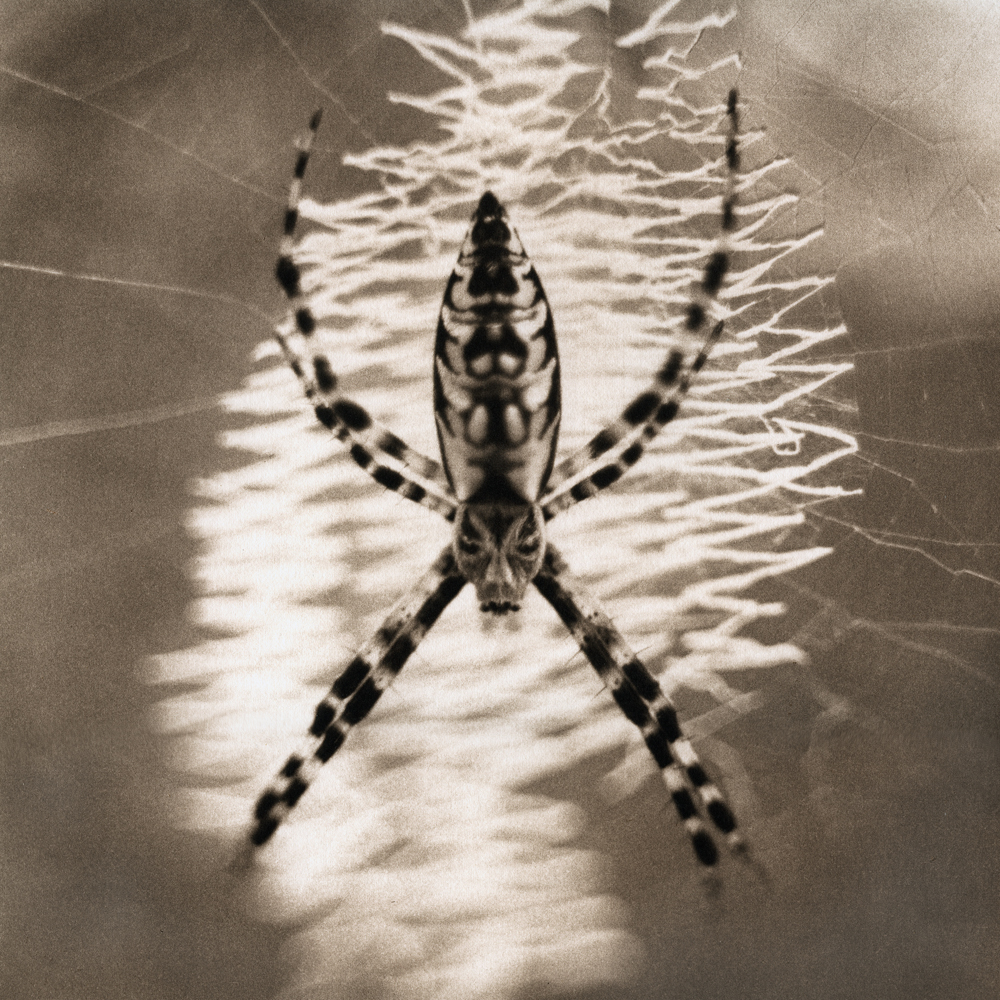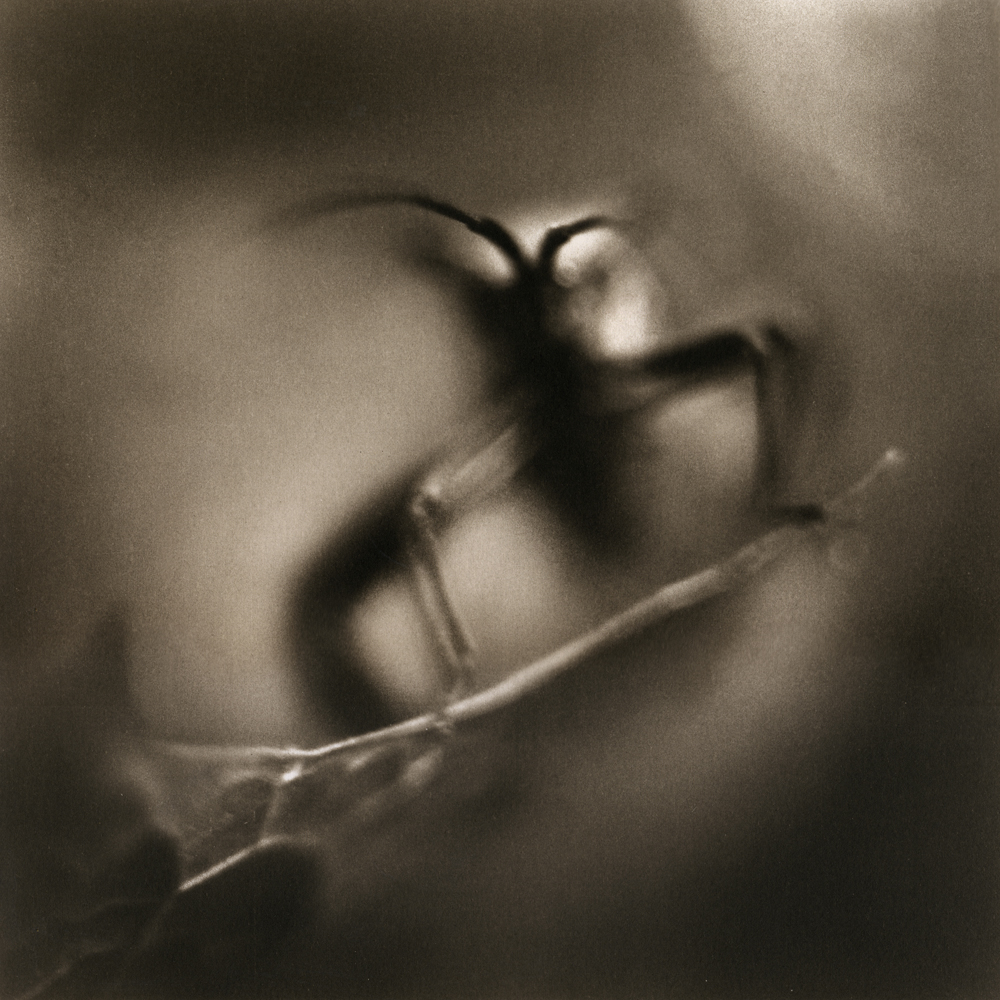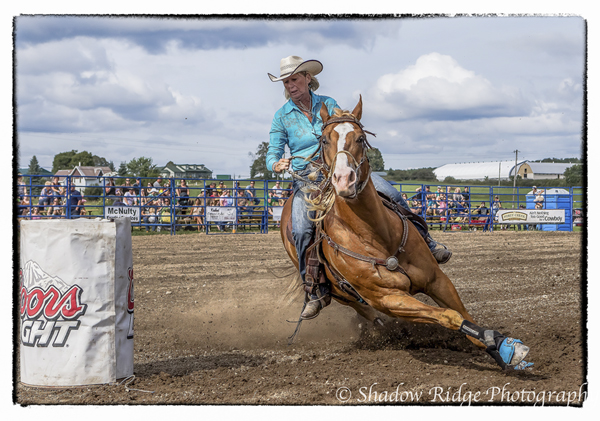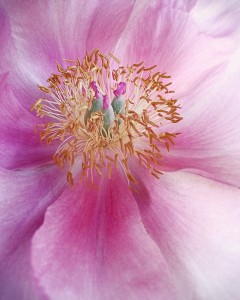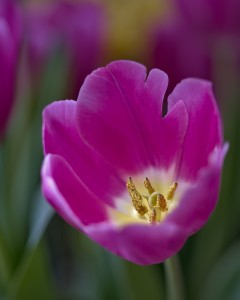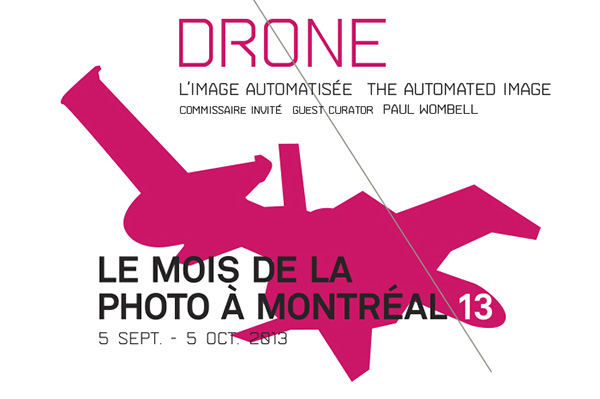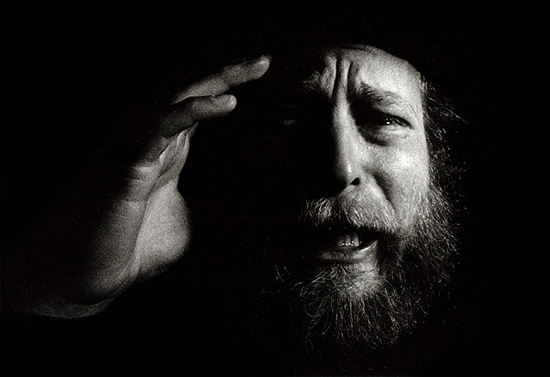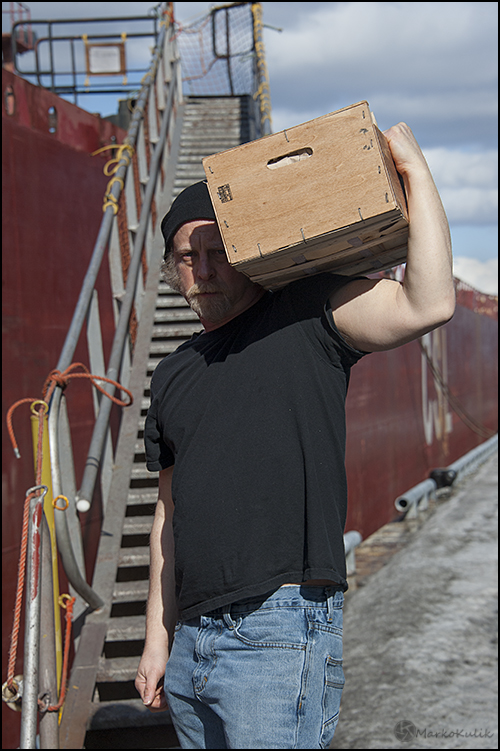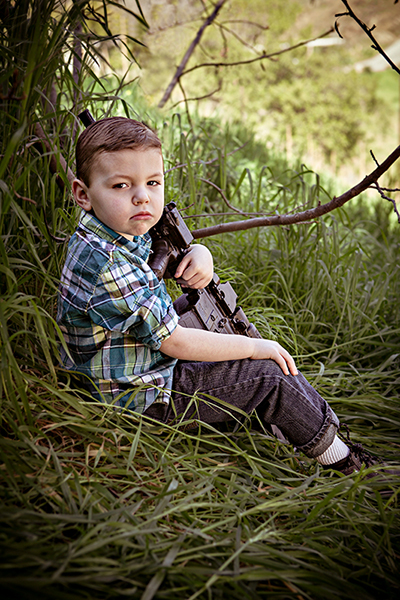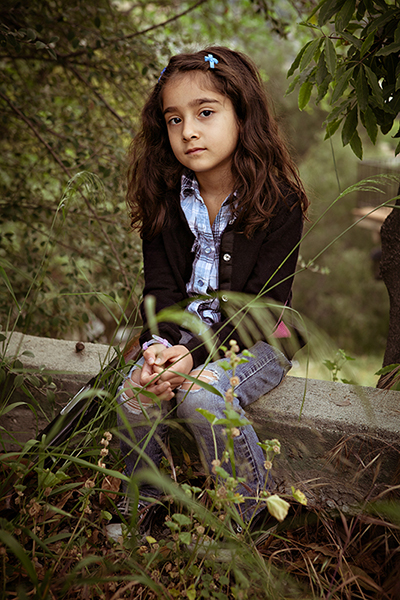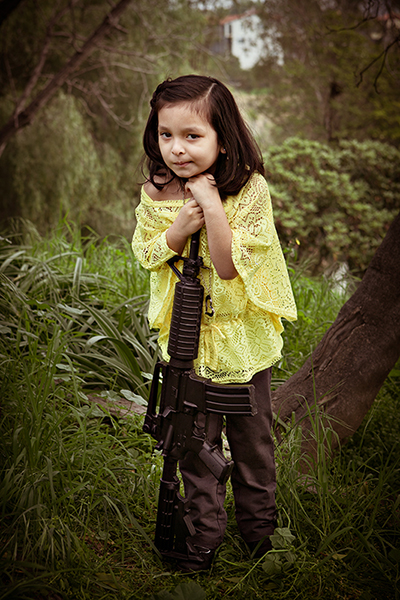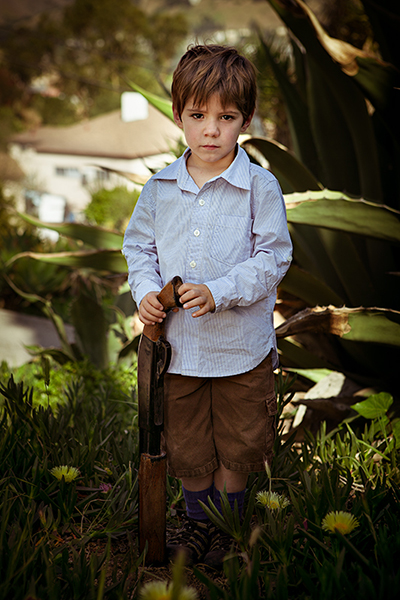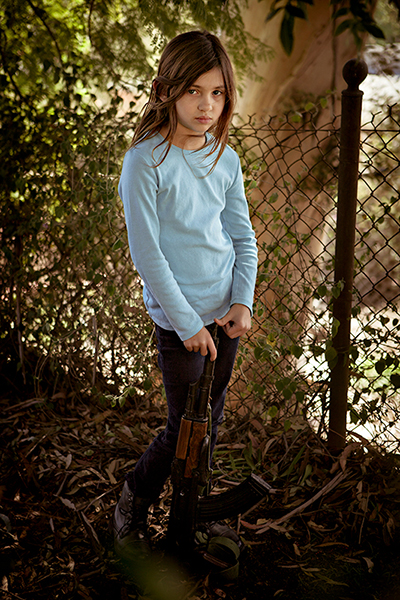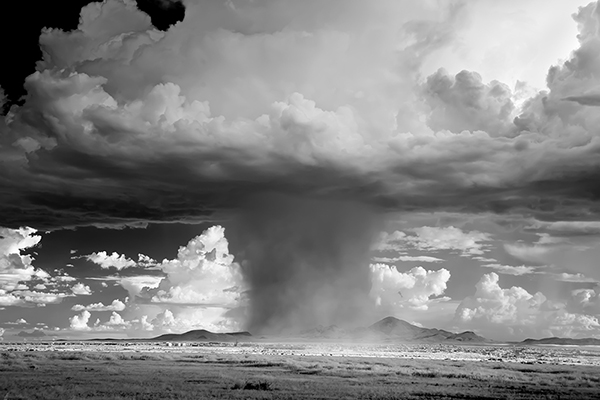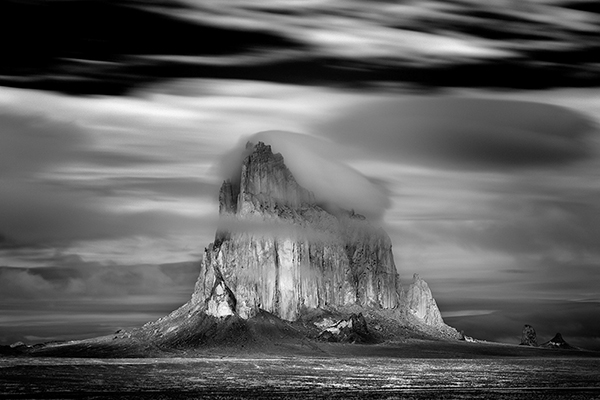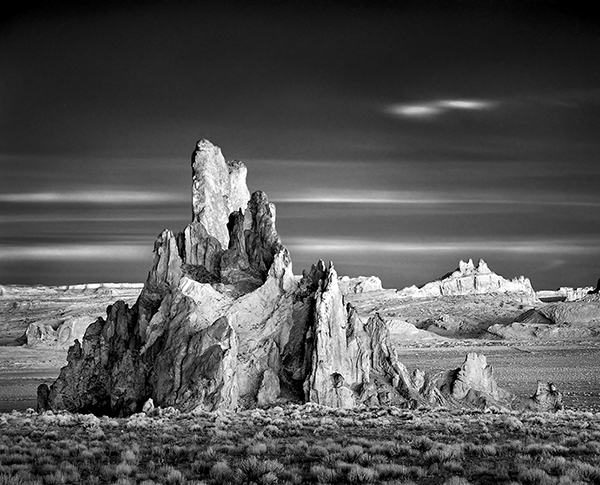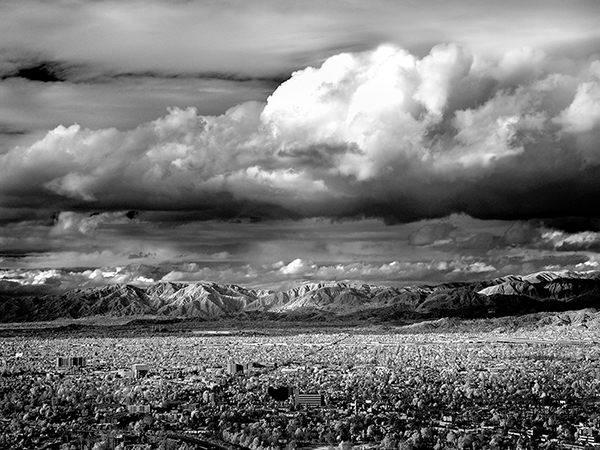The Nikon 105 f2.0 DC lens is one of the most interesting lenses that I’ve ever tried. I just tested one from The Camera Store. This lens is super-solidly constructed, mostly of metal, and feels great both in your hand and on the camera. It has a built in lens hood which I found convenient but the highlight of this lens is the defocus control which brings its coolness factor to eleven. What’s cool about this DC (Defocus Control) lens, is that you can defocus the foreground or the background to accentuate the bokeh (zone of blurriness/creaminess/dreaminess) in the foreground or the background. It takes a little bit of play and the results are subtle, but if you are into this type of subtlety and you are prepared to pay more than a grand, you won’t be disappointed. This lens is in a class all by itself.
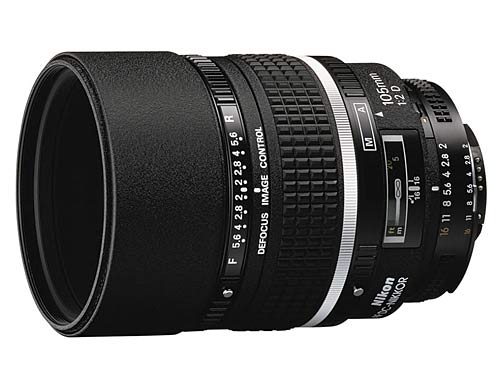
Nikon AF DC 105mm f/2.0 D Lens
Let me say immediately that this specialty lens is not for everyone. It is made in my estimation for portrait, landscape or fine art photographers that love to play with selective focus and who want to be in supreme control of their bokeh. If this last sentence was confusing then you are probably not ready for this lens. But if you already love bokeh and want to play in the bokeh-olympics, this might be the finest tool available.
But Doesn’t Nikon Have Another 105mm Lens That Also Does Macro?
Yes they do and that lens is another fabulous portrait lens that does true macro. The Nikon AF-S 105 mm F2.8 Micro is a lens that I’ve owned for a number of years and it’s about 300. cheaper than the DC lens. It’s razor sharp, has Vibration Reduction (VR) and does true 1:1 Macro. If you like to do portraits as well as Macro work, get this lens instead.
But if you don’t do that much Macro and want a fabulously unique tool that is great for portraits and bokeh-play, the DC may be the better choice for an experienced photographer. The DC lens is also an f/2 lens. The f/2 is brighter in the viewfinder and always delivers more bokeh than f/2.8 all things being equal.
In terms of head to head sharpness and autofocus speed, I found the autofocus a bit faster on the Micro (Macro — Nikon calls their Macro lenses Micro just to be special) lens and I found the sharpness to be a hint sharper. The 105 DC lens is also razor sharp (but has no VR) and has very fast autofocus, but head to head with the 105 Micro, it loses by the smallest of margins to my eye. Please be aware that I only tested this lens on 2 shoots in coldish Montreal weather which unfortunately limited my play.
How does it work?
The instruction leaflet that comes with the lens is near useless. You’ll want to play with this sucker for a while. But basically, to get good bokeh effects you need a large aperture so you’ll choose an aperture like f/2.0, f/2.8, f/4, or f/5.6. Once you set that aperture, you’ll focus on your subject. Then you’ll decide if you want to defocus what’s in front of the subject, what’s behind the subject, or not defocus at all. The defocusing simply softens the background or foreground more than it would be with other lenses. The effect is subtle and not everyone will even notice it especially novice photographers. Personally though, I love this lens and I made a mistake when I purchased the f/2.8 Macro lens. I don’t do that much macro and would have gotten more use and joy from the bokeh play offered by this lens.
The images above were shot against a giant Christmas tree. The middle image makes the foreground lights around the neck have an interesting glow due to the defocused foreground, but the eyes lost sharpness. In general I found that defocusing the foreground looked weird most of the time. To my eye the normal setting and the defocused background settings are the best looking in this set and in general. The non defocused images looked superb actually. But a lens like this is usually bought for the ability to defocus it.
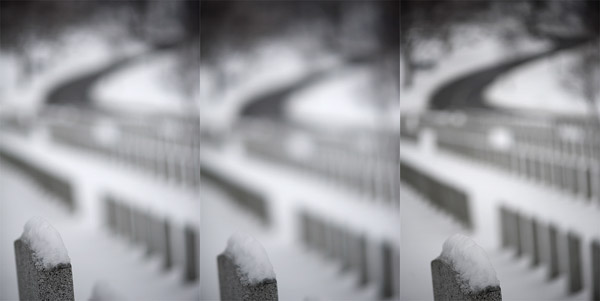
Left image had no defocus. Middle Image had background defocused to f/4 but aperture was f/2.0. The image at right was shot with the 105 Macro lens at f/2.8 its widest aperture — Click to enlarge.
The reason to get the Nikon 105mm DC lens is for the (De)focus play that it offers and normally you’ll set the defocus to the same aperture you are shooting on. But you don’t have to follow that rule and when you break it, it throws the background or foreground into an even softer or dreamier state. In the set of images above, the left image shows beautiful f/2.0 bokeh with a very sharp headstone and no defocus was used. The middle image was shot at f/2.0 but the rear defocus was set to f/4 which thinned out the zone of sharpness in the foreground in this case and softened the background to an even dreamier state compared to the previous shot. For comparison purposes the shot at right was shot with the 105 Macro lens that has no defocus control. It still shows excellent sharpness in the headstone and lovely bokeh in the background, but it is limited to f/2.8 without defocus control, and so it can’t be as dreamy as the DC 105mm.
In summary, if you are just starting out in photography and you want an awesome fast portrait lens that also offers macro, the 105mm f/2.8 with VR is probably a better choice for you and it’s 300 dollars cheaper. If you just love bokeh and experimentation and are a more experienced photographer that rarely uses Macro, you might well want to try the Nikon 105mm f2.0 DC lens. It’s a one of a kind lens that will retain and go up in value in the future due to its uniqueness. I plan on adding it to my arsenal in the very near future.
